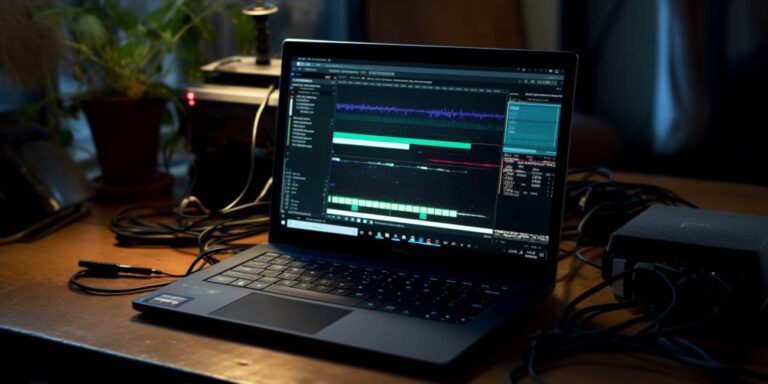If you’re looking to optimize your Google Cloud Storage (GCS) for peak performance, you’re in the right place. In this article, we’ll explore the ins and outs of GCS tuning, providing you with valuable insights and best practices to help you get the most out of your cloud storage solution.
Mamy przyjemność przedstawić artykuł przygotowany w porozumieniu z autolawety.net.pl
Understanding gcs tuning
Google Cloud Storage is a versatile and scalable object storage service that allows you to store and retrieve data in a highly available and durable manner. However, to ensure that it performs at its best for your specific use case, tuning is essential. GCS tuning involves configuring various aspects of your storage setup to meet your performance, cost, and availability requirements.
Key considerations for gcs tuning
When it comes to tuning GCS, there are several important factors to keep in mind:
- Storage Class Selection: Choose the appropriate storage class based on your data access frequency and latency requirements. Options include Standard, Nearline, Coldline, and Archive.
- Object Versioning: Decide whether you need to enable object versioning to protect against accidental data deletion or overwrites.
- Access Control: Configure fine-grained access control using Identity and Access Management (IAM) policies to ensure data security.
- Data Lifecycle Management: Implement data lifecycle policies to automatically move or delete objects based on predefined criteria.
- Encryption: Enable encryption at rest and in transit to protect your data from unauthorized access.
- Request Costs: Be mindful of request costs, especially for frequent small requests, and optimize your usage patterns accordingly.
Gcs performance optimization
To achieve optimal performance with GCS, consider the following strategies:
- Multi-Regional Storage: Choose a multi-regional location for your data to reduce latency and improve availability.
- CDN Integration: Utilize Google Cloud CDN to cache and serve frequently accessed content closer to end-users.
- Parallel Uploads and Downloads: Use parallel processing to speed up data transfers to and from GCS.
- Object Naming: Design a consistent object naming convention to simplify data management and retrieval.
- Monitoring and Metrics: Set up monitoring and alerting to detect and address performance bottlenecks promptly.
Cost optimization
GCS offers various cost optimization opportunities, such as:
- Storage Tier Optimization: Migrate data to lower-cost storage tiers as it becomes less frequently accessed.
- De-duplication: Identify and remove duplicate data to reduce storage costs.
- Object Lifecycle Policies: Implement policies to automatically delete or archive data no longer needed.
- Resource Right-Sizing: Adjust the provisioned resources, such as buckets and objects, to match your actual requirements.
Faqs about gcs tuning
What is the primary goal of gcs tuning?
The primary goal of GCS tuning is to optimize the performance, cost, and availability of your Google Cloud Storage setup according to your specific needs and requirements.
How can i monitor the performance of my gcs setup?
You can monitor the performance of your GCS setup by setting up metrics and alerts through Google Cloud Monitoring. This allows you to detect and address any performance issues promptly.
What storage class should i choose for my data?
The storage class you should choose depends on your data access frequency and latency requirements. Standard storage is suitable for frequently accessed data, while Nearline, Coldline, and Archive storage classes are more cost-effective for less frequently accessed data.
Is encryption necessary for my gcs data?
Enabling encryption for your GCS data is highly recommended to protect it from unauthorized access. Encryption at rest and in transit adds an extra layer of security to your stored data.
How can i optimize gcs costs?
To optimize GCS costs, consider strategies like storage tier optimization, de-duplication, implementing object lifecycle policies, and right-sizing your resources based on actual needs.
Conclusion
GCS tuning is a crucial aspect of optimizing your Google Cloud Storage for peak performance while controlling costs. By following the best practices and considerations outlined in this article, you can fine-tune your GCS setup to meet your specific needs effectively.
Zobacz także:






